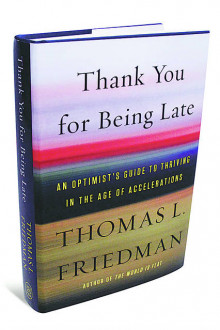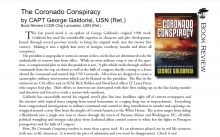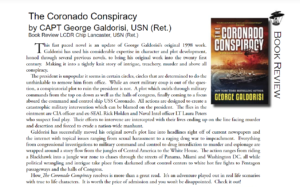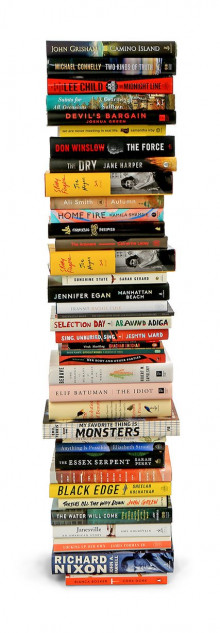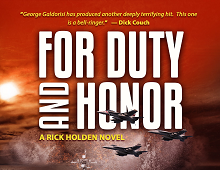War Stories

One of the most well-credentialed military writers of our generation is Thomas Ricks. Why? He is a former war correspondent and author of six military-themed books.
That’s why I gravitate to his quarterly column in the New York Times Book Review, “War Stories.”
Ricks serves up military books that are rich resources for all of us – from casual reader, the military buff, to serious historian. Here’s how he begins his latest offering:
One of the most interesting books on military affairs that I have read in some time is ARMY OF NONE: Autonomous Weapons and the Future of War (Norton, $27.95). Its author, Paul Scharre, a former Army Ranger and Pentagon official who is now an analyst at the Center for a New American Security (a think tank with which I was affiliated several years ago), provides a thoughtful overview of the mind-boggling issues associated with autonomous weapons — or, as some people call them, “killer robots.”
Unlike many authors examining the advent of autonomous weapons, Scharre doesn’t get bogged down in the question of whether they will be built. They already are here, he argues, citing the example of the Stuxnet computer bug as just such an armament. It was software inserted, almost certainly by American and Israeli intelligence agencies, into Iranian computers running that country’s nuclear enrichment program. Because the Iranian computers were “air-gapped” — that is, not connected to the global internet — once the bug was inside the Iranian system, delivered through porn-laden thumb drives, it was on its own. And it worked impressively, physically destroying a key part of the nuclear program.
Want more? You can read the full article here



